Top 7 Ghostly Planets
Humanity has sent probes to every planet, so we now have a decent idea of what’s in our neighborhood. Even before that, astronomers tracked the movements of ... read more...the solar system for millennia. Sometimes their eyes (or brains) played tricks. In this article, let's find out the top of ghostly planets.
-
Three conflicting hypotheses began to emerge in the 19th century to explain the origin of the Moon, which had long been a mystery. In one, the primordial solar nebula's region where Earth and the Moon formed together. In a different scenario, the early Earth spun so quickly that it sent forth a glob that eventually formed the Moon. (This idea had a variant that said the Pacific Ocean was the gaping hole.) The Moon developed somewhere else in the third but was taken by Earth. None of these hypotheses, however, was able to fully describe the Earth-Moon system as it exists now. A novel theory that the Moon was created by a massive impact surfaced in the 1970s.
Theia was the name given to the impactor, which would have been the size of Mars (after the mother of Selene, the Greek Moon goddess). Theia was destroyed in the collision, and the leftover debris produced the Moon. Two moons, one smaller than the other, may have even been created by the debris. They eventually came together slowly in what has been compared to a sizable landslide. This explanation would explain why the near and far sides of the Moon are so different—the landslide site evolved into what is now the Moon's far side.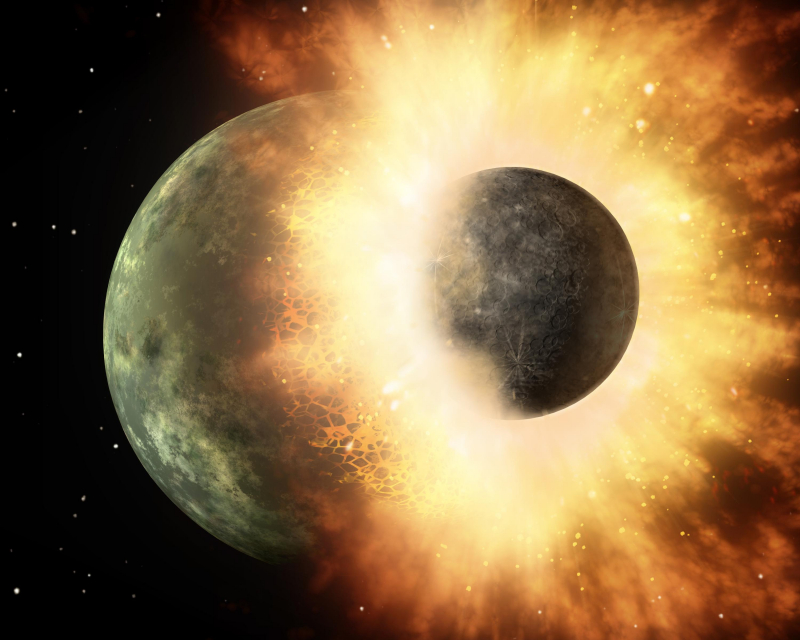
Wikipedia 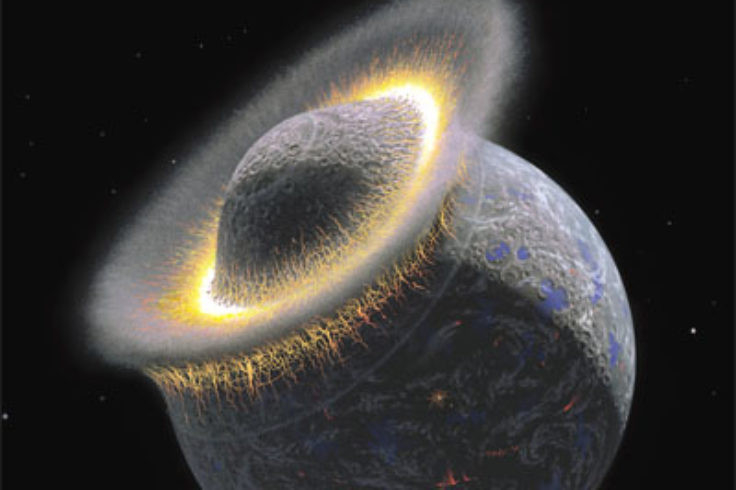
Thanh Nien Magazine -
This is not Mr. Spock's home planet; rather, it is a planet that some astronomers in the 19th century believed to be the solar system's nearest neighbor. Mercury's perihelion, or the point where it is closest to the Sun, fluctuates because to precession in its orbit. The shift was attributed to one or more planets, or even an asteroid belt, passing very close to the Sun, according to French astronomer Urbain-Jean-Joseph Le Verrier's explanation in 1859. Using Newton's equations of gravity to explain how the then-unseen planet would affect Uranus' orbit, he first identified Neptune in 1846.
On March 26, 1859, amateur astronomer Edmond Lescarbault reported to Le Verrier that he had observed a dark spot move across the Sun. It was clear to Le Verrier that this was a planet. He immediately gave it the name Vulcan. However, no conclusive confirmation came after, and thorough searches carried out during solar eclipses produced nothing. What then was causing Mercury's perihelion to move? The issue was that gravity is not entirely described by Newton's laws. The answer wasn't discovered until general relativity was first presented by Albert Einstein in 1915. In Einstein's theory, space-time is bent around an object as a result of gravity. Newton’s laws worked well for the rest of the solar system but failed for Mercury, where the bending of space-time by the Sun is the most pronounced among all the planets. Einstein was able to calculate the motion of Mercury’s perihelion exactly, without any need for Vulcan.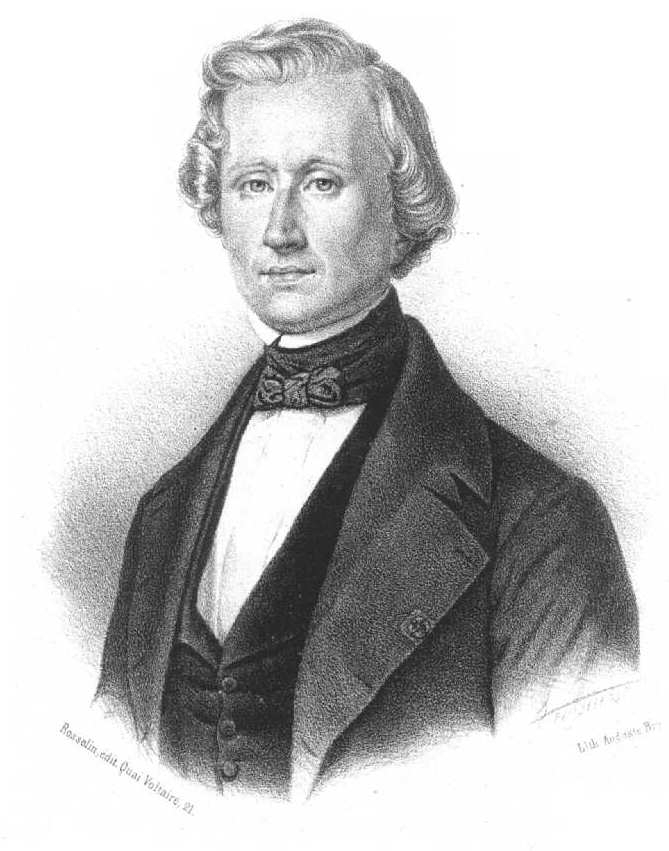
Wikipedia 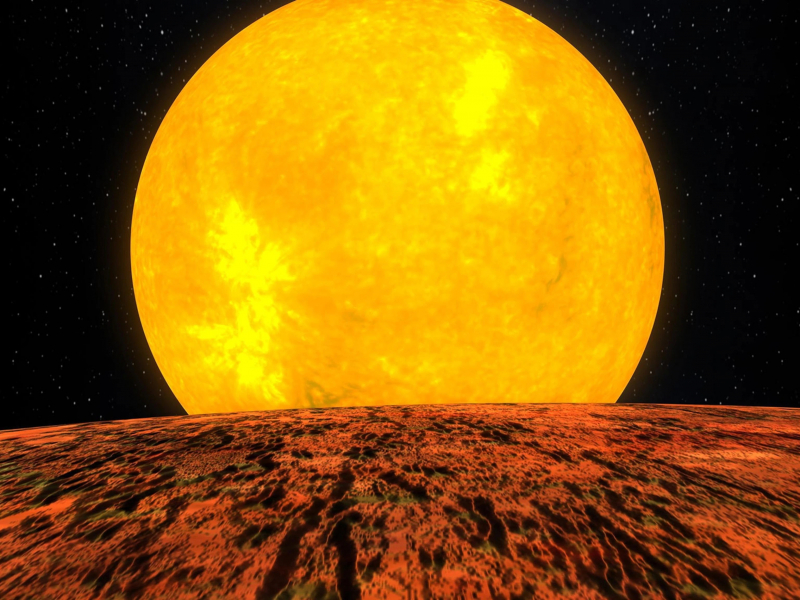
National Geographic -
The term "super-Earths" refers to the huge, rocky planets that orbit nearby stars with periods of at least 100 days and that are larger than our planet. There is just one little planet in our solar system, Mercury, which orbits the Sun very closely and has a period of 88 days.
Why then do we not have any super-Earths in our solar system? Because of Jupiter, perhaps, is the answer. Computer simulations indicate that Jupiter moved inward from its present location early in the history of our solar system, changing the orbits of the objects in the super-Earth zone to be more elliptical as it got nearer to the Sun. If there had been any super-Earths, they would have impacted considerably more often with the material that Jupiter had disturbed and would have plunged into the Sun in a matter of tens of thousands of years.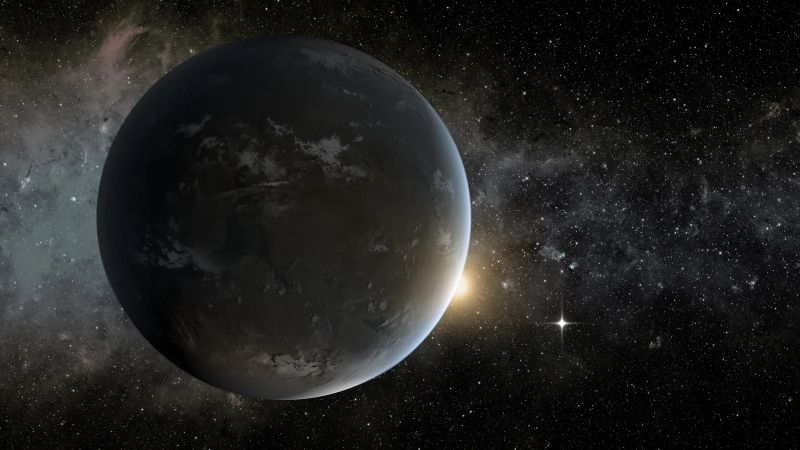
Britannica 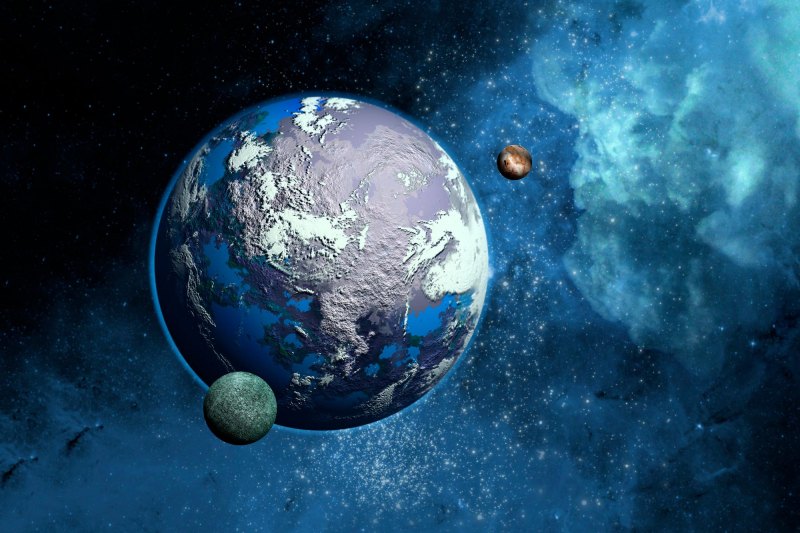
SciTechDaily -
In 1766 Prussian astronomer Johann Titius noticed that the distances of planets from the Sun seem to follow a mathematical pattern. This finding was popularized in 1772 by German astronomer Johann Bode and became known as Bode’s law. The rule was extremely accurate in predicting the separations between the six known planets—Mercury, Venus, Earth, Mars, Jupiter, and Saturn—as well as the expected existence of a planet between Mars and Jupiter. The quest for the planet beyond Mars was given a boost when Uranus was discovered in 1781 at a distance that was close to that expected for a seventh planet.
Giuseppe Piazzi, an Italian priest, discovered Ceres (today categorized as a dwarf planet) on January 1, 1801, at the predicted distance. The confirmation of Bode's law filled astronomers with joy, but three other objects—Pallas, Juno, and Vesta—were found in the Mars-Jupiter gap during the course of the following six years. It became obvious that these asteroids, as they were later known, were not planets as more of these bodies were found in the 19th century. What were they, though? The asteroids were believed to be the remains of a planet that disintegrated in a catastrophic cataclysm since Bode's equation predicted a planet but there were only minor fragments to be found. However, that idea has not held up. The entire mass of the asteroid belt is less than the Moon, and gravitational interactions with Jupiter would not allow a planet to form there. (Bode’s law hasn’t stood up too well, either. It didn’t predict Neptune or Pluto.)
MooMooMath and Science 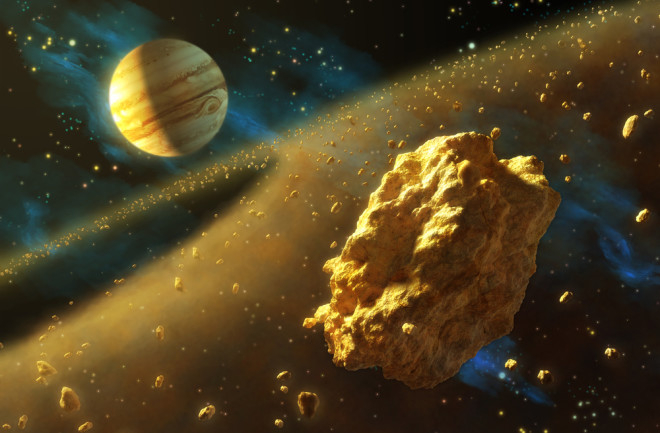
Discover Magazine -
A planet called Nibiru, which orbits the Sun every 3,600 years on an extended elliptical orbit akin to a comet, and passes between the orbits of Mars and Jupiter during its perihelion, according to author Zecharia Sitchin's assertion in The 12th Planet (1976). The Annunaki, who lived on Nibiru, traveled to Earth three hundred thousand years ago to mine gold to restore the planet's depleting atmosphere. When the miners rose up in revolt, the Annunaki turned to Homo sapiens, a mixture of the Annunaki and Homo erectus, to work as slaves in the mines.
Nancy Lieder, who claimed to be in mental contact with aliens who warned her that a planet will soon pass close to Earth, took this idea of a planet moving through the solar system to the heart. Some people called that planet Nibiru. (However, Sitchin mocked this and said that Nibiru's last encounter with the inner solar system was in 556 BCE, putting its return in the vicinity of 2900 CE.) Nibiru became the subject of a popular Internet conspiracy theory were images of other astronomical objects were used to support claims that NASA was concealing proof that Nibiru was approaching. Nibiru then was conflated with the end of the Mayan Long Count on December 21, 2012, which passed without the destruction of all things—but not before astronomers tired of pointing out that, if Nibiru actually existed, it would have been seen already and that any planet with such an orbit would have likely been ejected from the solar system.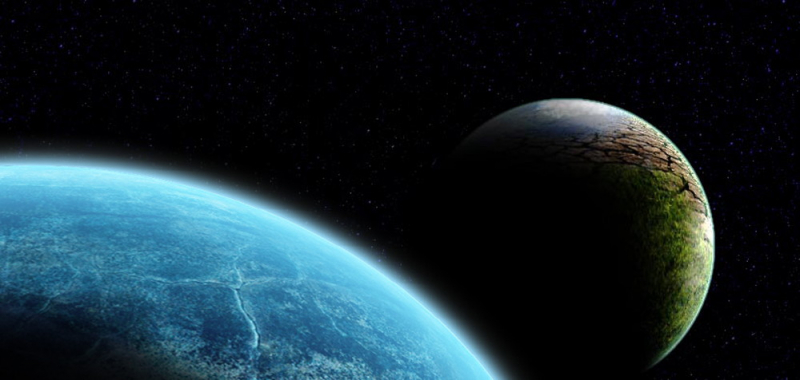
Space.com 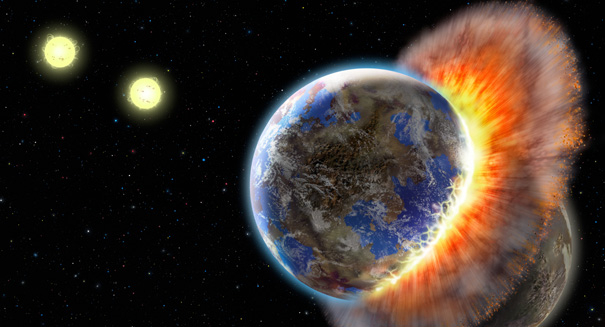
Universitas Muhammadiyah Malang -
Following the 1846 discovery of Neptune, efforts were made to find Planet X, a planet that was thought to be disturbing the orbits of other planets. Percival Lowell spent his entire life searching and passed away in 1915 dissatisfied. At Lowell Observatory, the hunt for Pluto continued, and Clyde Tombaugh finally discovered it in 1930. However, there was a small issue. Pluto was far too small to account for the alterations. Planet X continued to exist, right? It appeared not. The perturbations vanished with Voyager 2's considerably more precise measurement of Neptune's mass. Planet X was not required.
Planet X hasn't passed any missing planets on its way out, according to an analysis of the positions of the other Pioneer and Voyager spacecraft that have left the solar system. Based on data from the Wide-field Infrared Survey Explorer (WISE) all-sky survey, astronomers are certain that no planet larger than Jupiter exists out to a distance of 26,000 AU. (One astronomical unit [AU] is about equivalent to the Earth's average distance from the Sun, which is 150 million kilometers (93 million miles) away.) However, something smaller might exist. Two planets the size of Earth may exist at a distance of 200 AU, according to an examination of the orbits of extremely far-off trans-Neptunian asteroids.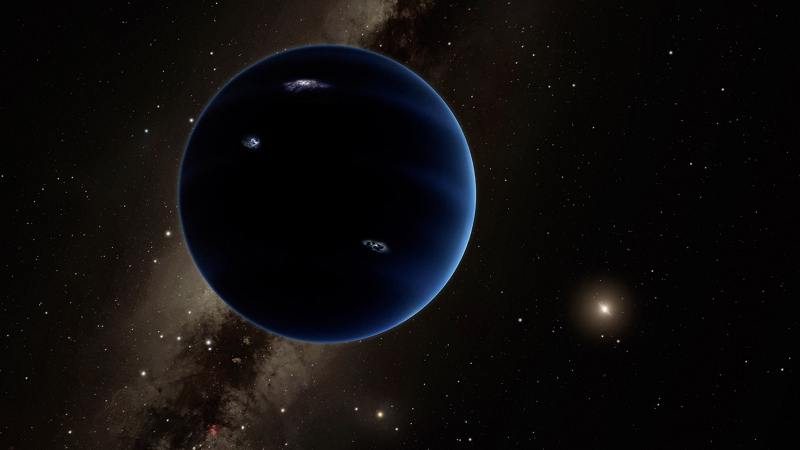
NASA Solar System Exploration 
World Atlas -
In a report they released in 1984, paleontologists David Raup and J. John Sepkoski asserted that massive extinctions happened on a regular basis every 26 million years. Two different teams of astronomers put out the following theories: Nemesis, named after the Greek goddess of vengeance, orbits the Sun every 26 million years and is an unknown companion star. Nemesis affects the comets in the Oort cloud when it is at its closest to the Sun, which causes a comet shower to comet inward. Some of these objects strike Earth and cause extinctions, like the one that wiped off the dinosaurs 66 million years ago.
Nemesis would have to be an extremely dim object, like a red dwarf star or maybe a brown dwarf, as it hasn't been spotted. This concept has been contentious in almost every area. Not all paleontologists concur that extinctions occur periodically. It has been remarked by several astronomers that such a broad orbit would be easily perturbed by passing stars. The deal-breaker is that, much like with Nibiru and Tyche, Nemesis would have been discovered by later surveys that looked at the entire sky at infrared wavelengths, but they haven't done so.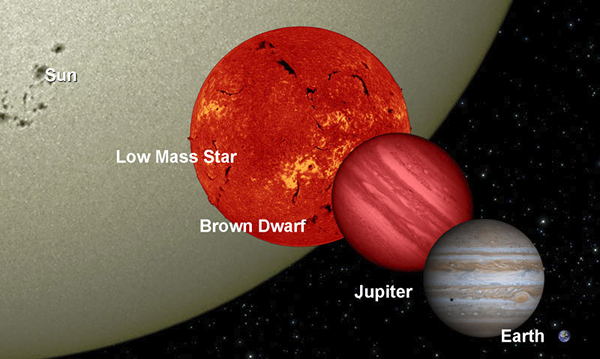
Phys.org HISTORY












